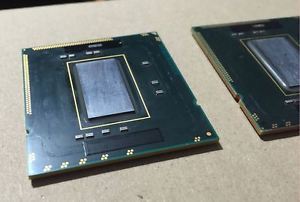As mentioned the 4,1 logic board can be upgraded to 5,1 firmware. This allows using 5,1 CPU upgrades and that in turn gives you the same memory speed upgrade.
The only physical difference I am aware of between a 4,1 and 5,1 logic board (other than original firmware) is the fact that the original CPU chips in the 4,1 model do not have heat spreaders fitted and the heat sinks are designed to be used with CPU chips with no heat spreader fitted. The 5,1 logic board does use CPU chips which do have heat spreaders glued on to them which is the far more standard type of CPU chip, this makes the chip slightly taller. If you fit a CPU chip to a 4,1 logic board with the heat spreader still attached then you have to be very, very careful not to crush the chip when re-fitting the heat sink due to the extra height.
This is what a CPU looks like without a heat spreader

This is what a CPU looks like with a heat spreader

Note: The proper way to fit a CPU upgrade to a 4,1 logic board or more accurately its matching CPU tray would be to either buy CPU chips without heat spreaders which are effectively impossible to find, or to unglue and remove the heat spreader from standard chips.
So with a 5,1 you don't have to mess about upgrading the firmware, and with a 5,1 fitting CPU upgrades is much easier.
The only difference between a 2010 and 2012 is the 2012 had faster CPU chips as standard, it was other wise identical to the 2010. I have upgraded my 2010 to the same CPU chips a 2012 would have had so mine is now effectively identical to an official 2012 configuration.